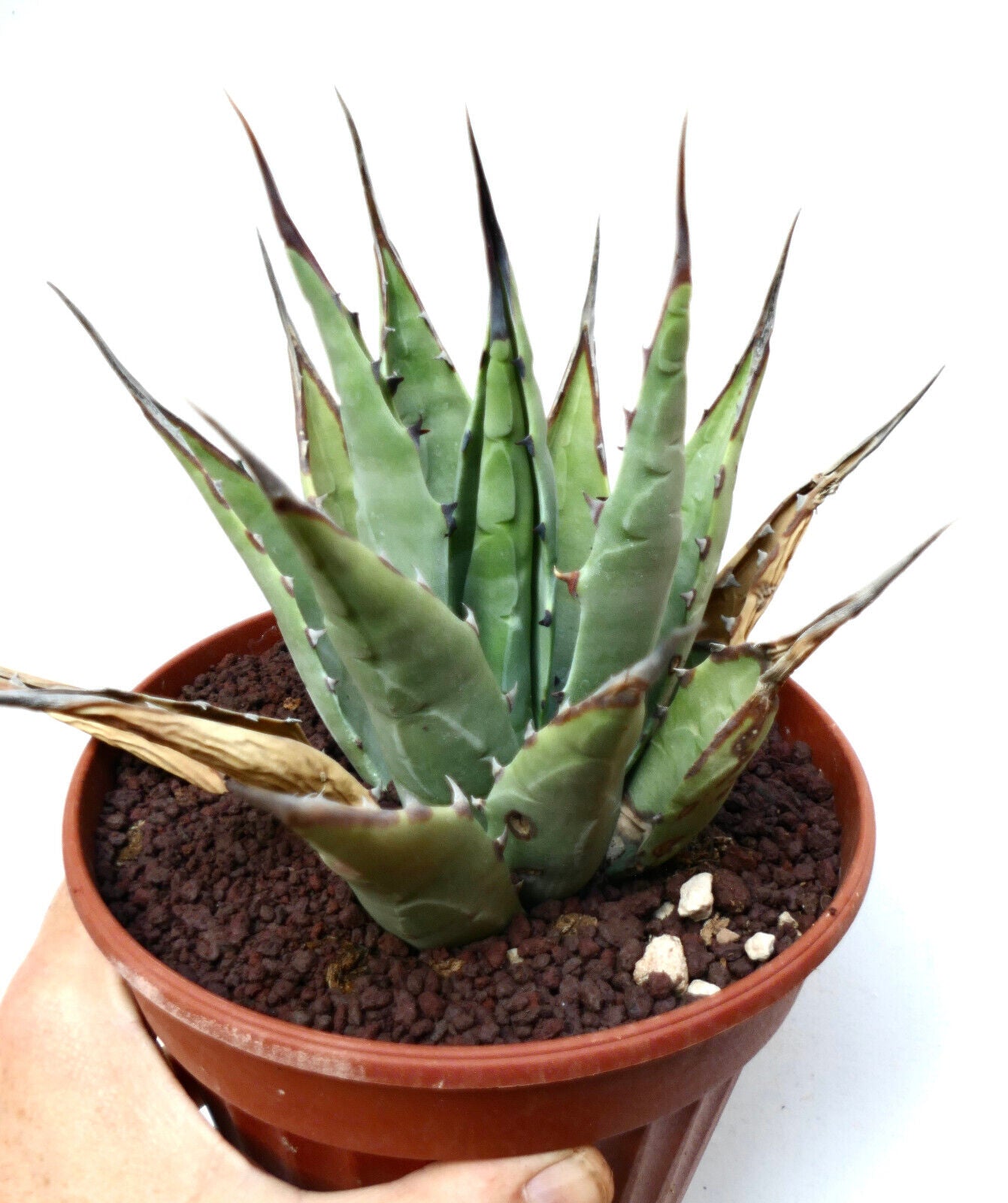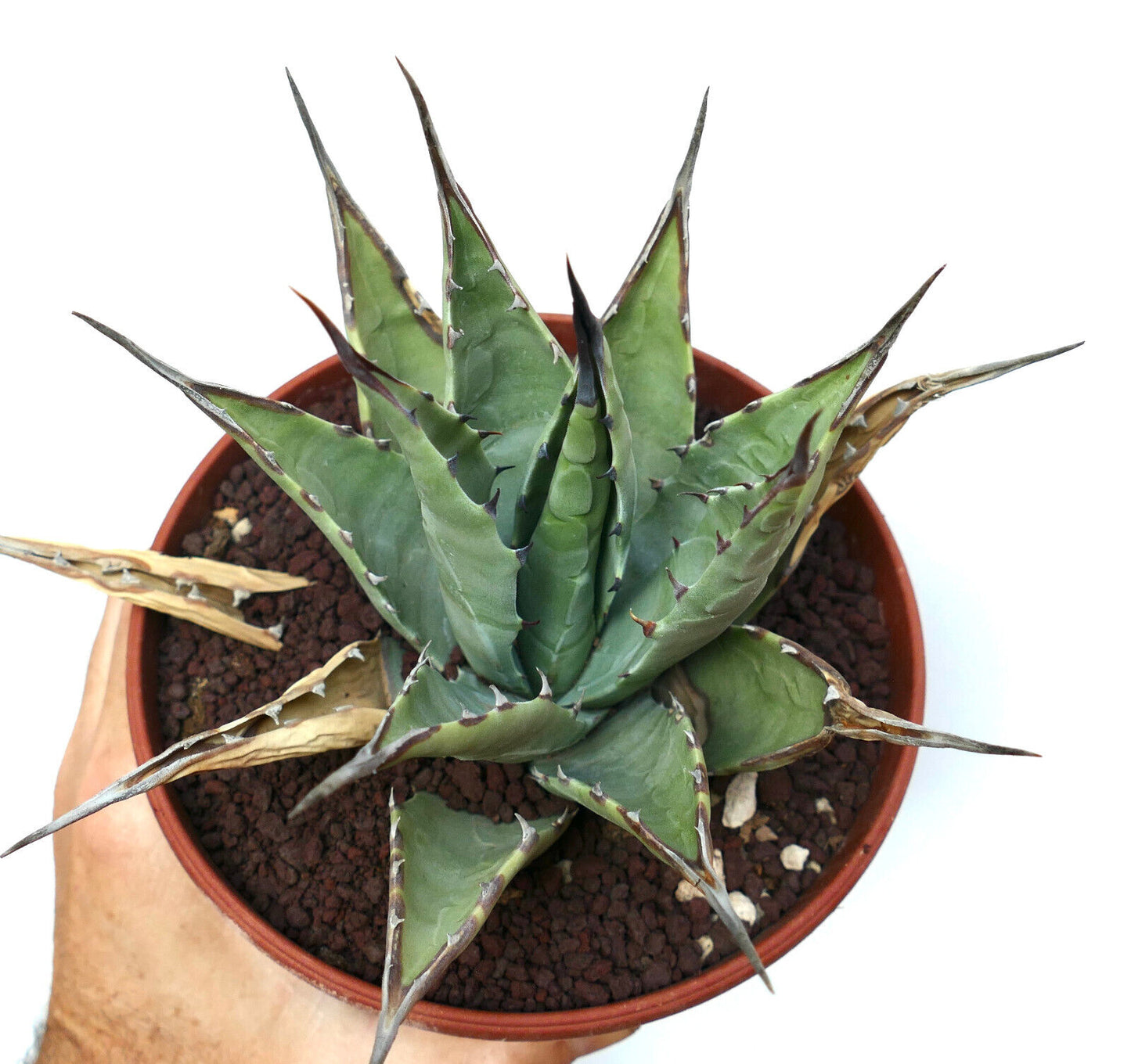Agave neomexicana (South Mt. Culberson Co., Guadalupe Mts) VV5
Agave neomexicana (South Mt. Culberson Co., Guadalupe Mts) VV5
Regular price
€50,00 EUR
Regular price
Sale price
€50,00 EUR
Unit price
per
Tax included.
Shipping calculated at checkout.
Couldn't load pickup availability
Product Description
SKU:BA-2661-S
Cultivation
Cultivation
Info and Disclaimers
Info and Disclaimers
Plant height:
Pot diameter:
Picture taken on:








